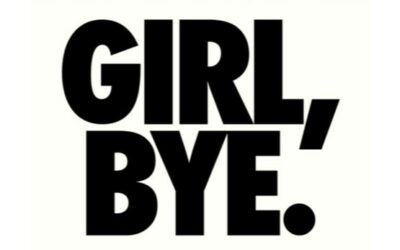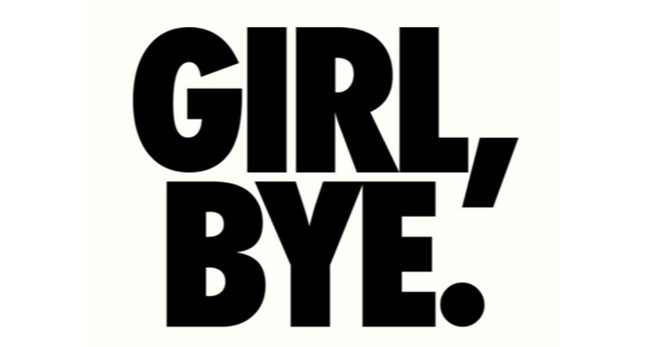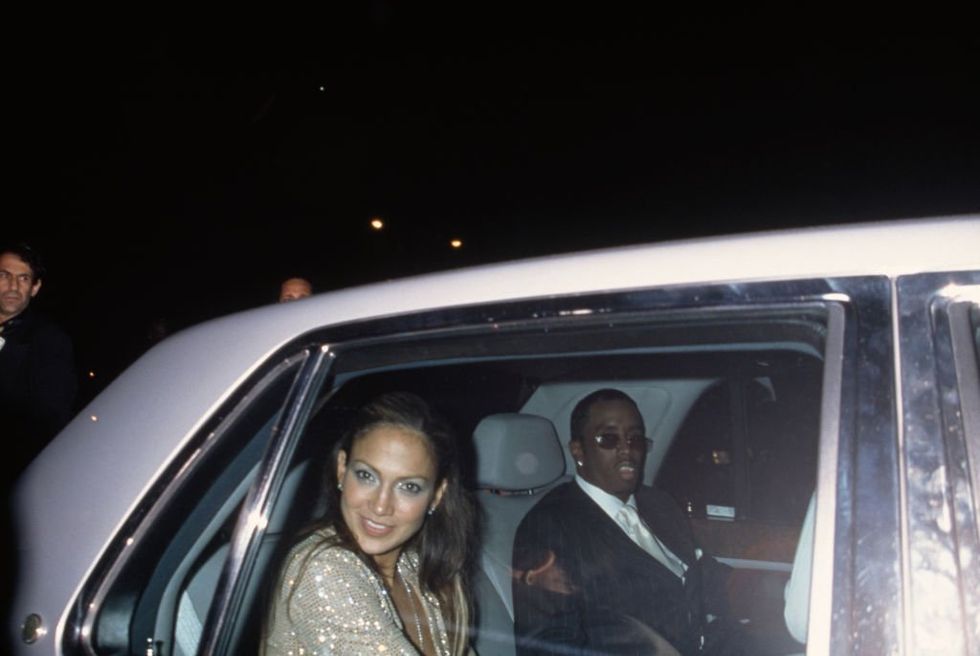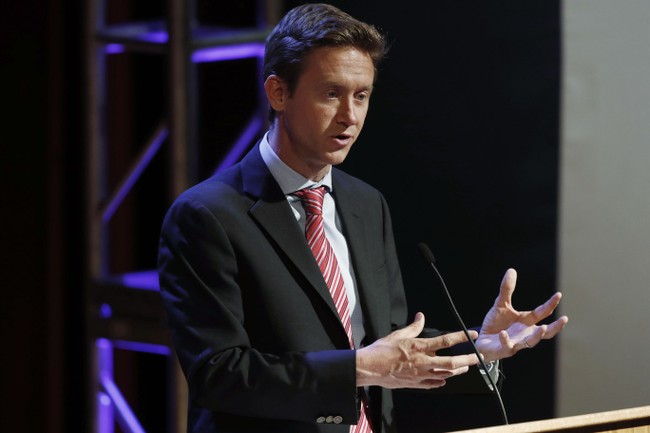‘Inside Out 2’ scores big, but woke Pixar staffers still complain
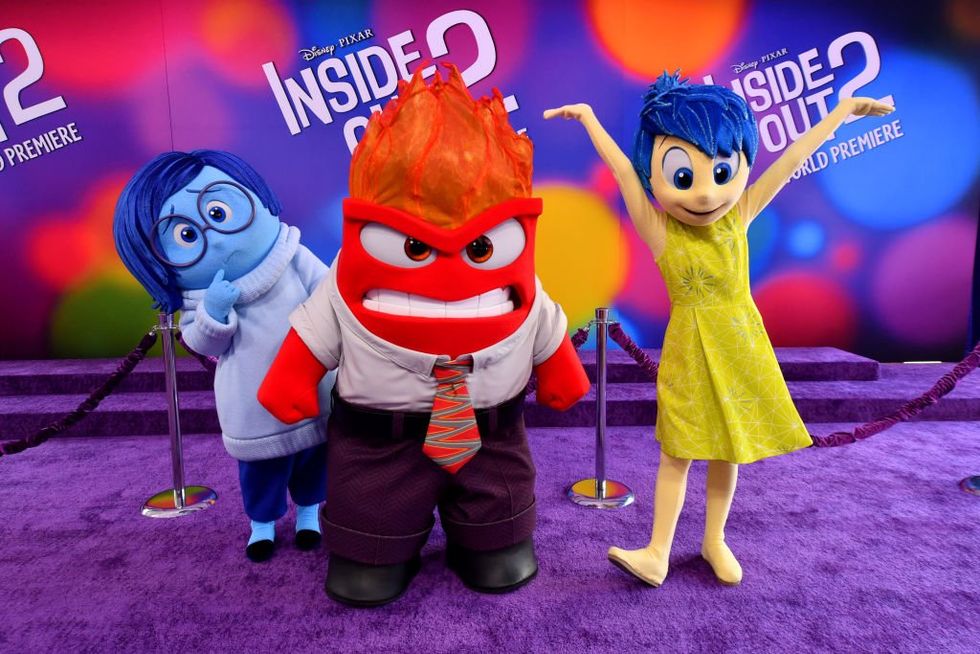
Given this year’s uninspiring movie lineup and Disney’s ongoing financial troubles, “Inside Out 2” seems like a bit of divine intervention. It hasn’t just been the highest-grossing film of the year, raking in over $1.6 billion worldwide; it’s also the highest-grossing animated film ever. On top of that, it’s a genuinely good movie, recapturing much of the magic that made early Pixar and Disney films so beloved.
But not everyone involved in the project is celebrating its success. A lengthy article in IGN reports that many who worked on the film are actually unhappy with what its success represents for Disney’s future. They’re frustrated by the film’s safe approach to cultural issues, the rigid creative hierarchy, and the pressure placed on employees to produce results.
What really bothered employees was Pete Docter’s insistence on making ‘universal stories.’
While some of these complaints may seem trivial, they highlight the deeper causes behind the decline of mainstream entertainment. It’s not about streaming platforms, global audience demands, massive budgets stifling creative risks, or even the rise of dopamine culture that has turned audiences into restless viewers. What’s truly killing Disney — and Hollywood as a whole — is the rampant immaturity and laziness among its creative workforce.
Nearly everyone interviewed in the IGN story whined about the pressure to meet deadlines and hit their goals. Apparently, the producers’ desire to turn a profit on a project that cost over $200 million was a real downer for some of the staff.
People outside Hollywood might wonder why this isn’t always the case when making a movie. Instead of being told that their film needs to succeed, workers on some movie sets are reassured that even if the project flops, it’s no one’s fault — except maybe the audience’s — so they should take it easy and prioritize their mental health. This could explain why TV series like “She-Hulk: Attorney at Law,” “The Acolyte,” or “The Rings of Power” command massive budgets ($225 million, $180 million, and nearly $1 billion, respectively) but still look cheap and poorly made.
Then there’s the resentment toward Pete Docter, the chief creative officer of “Inside Out 2.” Having been involved in nearly every successful Pixar movie, including “Toy Story,” “Wall-E,” “Up,” and “Inside Out,” it made sense to bring in Docter. “I mean, you saw the end result of that,” one person said of Docter taking a larger role. “[‘Inside Out 2’] made a billion dollars at the box office. That was a direct result of Pete’s involvement. Pete’s a genius. Nobody can dispute this.”
And yet the malcontents at Pixar will indeed dispute this. Yes, Docter had a proven track record and seemed to be a relatively nice boss, but he was also “a symbol of Pixar holding fast to an internal culture that’s stubbornly set in its ways, with an aversion to bringing on new directors and voices.”
What really bothered employees was Docter’s insistence on making “universal stories.” He wanted to make movies that a mass audience could relate to instead of pushing an agenda to appeal to a select group of people.
Naturally, this posed a problem for the progressive staff, who seemed to have learned nothing from the failure of “Lightyear,” which proudly featured a lesbian couple kissing. Many on the team were intent on telling the story of 13-year-old Riley entering a romantic relationship with another girl — because they believed this is what families with young children want to see. Docter stepped in, calling for edits to make Riley “less gay,” which led to “a lot of extra work to ensure that no one would interpret her as not straight.”
As ‘South Park’ memorably pointed out, the novelty of ‘putting a chick in it and make her lame and gay’ doesn’t work — and it never did.
The fact that these edits were necessary raises the question: What would have happened if Docter had never taken over and writer Kelsey Mann had been pressured into making Riley gay? What if Anger, a clear stand-in for conservative white males, rather than Anxiety, became the antagonist, trying to force Riley to conform to heteronormative expectations and suppress her feelings?
It would undoubtedly have been a disaster, not necessarily because it would offend audiences but because it would be boring and clichéd. A gay Riley would never make mistakes and would always have the purest intentions. The only way to counter a homophobic Anger would be to lecture him on how normal and natural same-sex attractions are. Instead of telling a story about the emotions going on a journey to work together for Riley’s mental health, the film would have become a battle against Anger and his allies to liberate Riley’s sexuality.
Out of respect for the queer community, it would be next to impossible to have any levity in any part of this story, for fear of trivializing and misrepresenting the issue and the people involved. The only potentially funny and relatable character might be the antagonist Anger, but even he would have to be censored and sufficiently flattened with no redeemable qualities so that younger viewers would understand he is bad for being homophobic.
Perhaps a handful of people might be genuinely interested in taking their kids to see this kind of film, but most people would understandably pass. Not because they don’t care about gay people but because the movie will be humorless, dull, and patronizing. As “South Park” memorably pointed out, the novelty of “putting a chick in it and make her lame and gay” doesn’t work — and it never did.
Still, disgruntled Pixar employees will lament that they “may never see a major gay character in a Pixar movie.” Of course, they’ll see plenty of gay characters elsewhere, but Docter and other level-headed leaders at Pixar recognize that this approach simply doesn’t fit family films. They hold onto the old-fashioned belief that entertainment is not about pushing progress or indoctrinating young audiences but about telling stories everyone can relate to and enjoy. It’s about uniting people in an artistic experience that speaks to their shared humanity. And, above all, it’s about making money.
Until today’s creatives understand this and adjust their expectations, they’ll continue to witness the decline of their industry.



